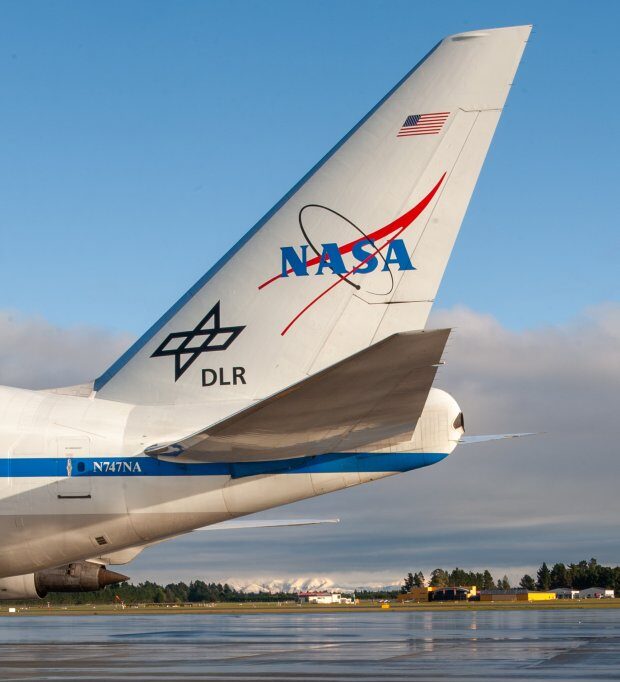NASA Halts X-57 Maxwell Test Aircraft Project Due to Technical Challenges

NASA has made the decision to terminate the X-57 Maxwell test aircraft project by the end of this year, citing the current limitations of electric propulsion technology for safe flight. The X-57 Maxwell, a modified version of the P2006T aircraft by Italian manufacturer Tecnam, was specifically designed to test battery-powered electric propulsion systems.
As NASA’s first all-electric experimental aircraft, the X-57 Maxwell represented a significant milestone and marked the first crewed X-plane in two decades. The project aimed to showcase the potential of distributed electric propulsion (DEP) technology, which involves numerous small electric motors driving individual propellers along the wing edges. The goal was to reduce fuel consumption, emissions, and noise levels significantly.
Initiated in 2014 as part of NASA’s Transformative Aeronautics Concepts program, the project involved extensive modifications to the wings and engines of the Tecnam P2006T. The aircraft incorporated a carbon composite wing section equipped with 18 electric motors powered by lithium iron phosphate batteries. Collaborating with Empirical Systems Aerospace (ESAero) and Joby Aviation, two California-based companies, NASA partnered for system integration, instrumentation, and the design and manufacture of electric motors, propellers, and the wing section.
However, the X-57 Maxwell encountered various technical challenges and experienced delays throughout its development. The primary hurdle revolved around the reliability and safety of the electric propulsion system, which required intricate wiring and cooling systems and posed a fire or explosion risk in case of malfunctions.
In June 2023, NASA officially announced the cancellation of the X-57 project by December 2023 due to the lack of significant progress and the high cost of further continuation. Nonetheless, NASA intends to leverage the data and insights gained from the project to inform future research and development efforts in the realm of electric propulsion and distributed electric propulsion technologies.
While the X-57 Maxwell project ended with disappointment, NASA remains hopeful that the experience gained will serve as inspiration for further innovation and collaboration in the field of electric propulsion within the aviation sector. By addressing the technical challenges encountered, future endeavors can aim to overcome the limitations and unlock the full potential of electric propulsion systems for more sustainable aviation.
